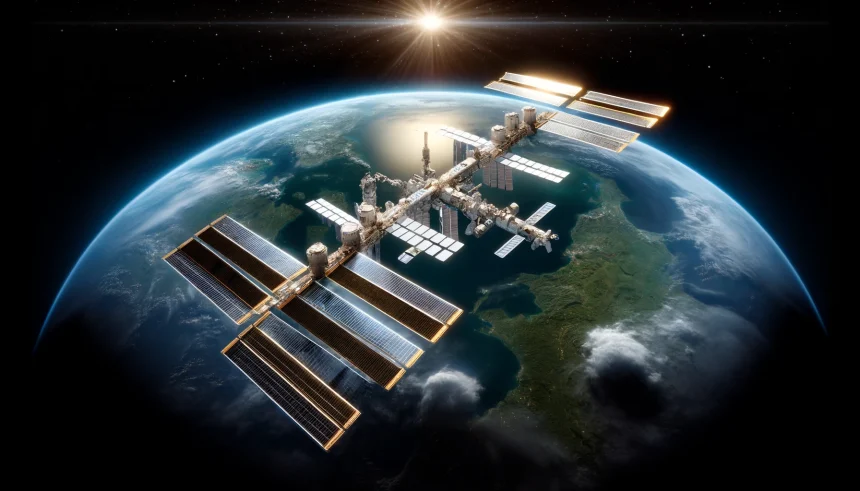Debating individuals who believe in a flat Earth requires more than just presenting evidence. Experts suggest that understanding the root of these beliefs is crucial for effective communication. By addressing the underlying distrust in scientific institutions, meaningful conversations can be fostered.
Modern responses to flat Earth theories have shifted from merely countering claims with facts to building personal connections. This approach contrasts with earlier methods that focused primarily on presenting empirical evidence to debunk misconceptions.
Proven Evidence Supports Earth’s Spherical Shape
The notion of a curved Earth is supported by extensive photographic evidence and firsthand experiences of global travel. For instance, circumnavigation flights, such as those from New York to Brisbane and back, are only possible on a globe. Additionally, observations during lunar eclipses show that Earth’s shadow on the Moon is always circular, a phenomenon consistent only with a spherical shape.
Personal Experiences Highlight Earth’s Curvature
Travelers often notice variations in the night sky at different locations, which flat Earth theories cannot adequately explain. Statements like
“On a flat Earth, everyone would get the same view of the sky,”
underscore the inconsistencies flat Earth claims present when compared to real-world observations.
Building Trust Through Empathy
Creating trust is essential when addressing flat Earth beliefs.
“People tend to trust other people, not necessarily the facts,”
emphasizes the importance of empathetic listening over confrontational debates. By focusing on shared interests in the universe and scientific curiosity, dialogues can become more constructive.
Historical approaches to flat Earth debates often relied heavily on presenting undeniable facts to change minds. However, current strategies highlight the significance of building personal rapport and understanding the psychological factors that contribute to such beliefs.
Effective engagement with flat Earth proponents involves shifting the conversation from contentious debates to areas of mutual interest and wonder. This method not only diffuses tension but also establishes a foundation of trust, making individuals more open to scientific explanations over time.
Adopting these strategies can lead to more productive discussions and potentially reduce the spread of misinformation. By prioritizing empathy and shared curiosity, scientists and educators can better address and potentially change flat Earth beliefs.










